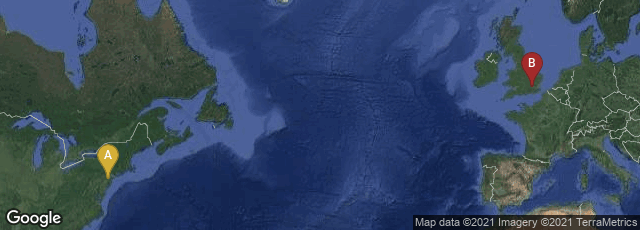
A: Princeton, New Jersey, United States, B: London, England, United Kingdom
In 1947, while working with John von Neumann and the IAS machine at Princeton, Andrew D. Booth and Kathleen Britten wrote a program for realizing a translation dictionary on an electronic computing machine, provided that the necessary storage capacity was available. This may be the earliest work leading toward machine or computer translation.
While at Princeton Booth and Britten also wrote a general paper on the design of a general-purpose stored-program computer: General Considerations in the Design of an All Purpose Electronic Digital Computer. The second edition of this extremely insightful typed report, which was presumably distributed in mimeographed form, was dated August, 1947. In September 2020 a digital copy of this report was available from the Machine Translation Archive mt-archive.info./Booth-1947.pdf.
On November 11 1955 the Booth's Electronic Computer Project at Birkbeck College, University of London gave a public demonstration of machine translation.